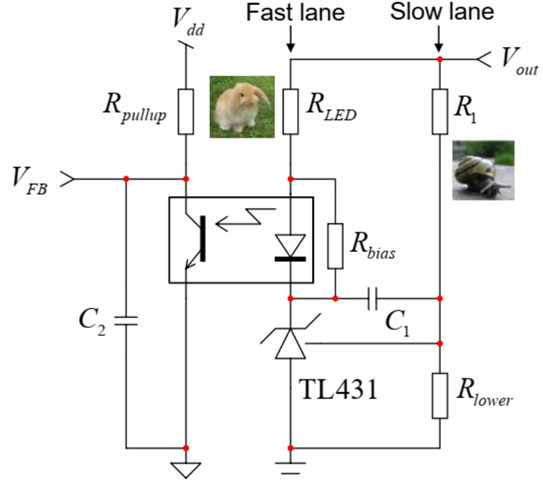Other Parts Discussed in Thread: TL431
Hello.
I have a question about the driving principle of the PWM comparator in the datasheet block diagram during Flyback design using LM5023.
1. Could you tell me how to turn PWM ON and OFF?
2. In the circuit constructed using the photocoupler and TL431, the COMP pin voltage appears to be DC except for the peak that appears to be switching noise. Why is this?
please answer about my question.
thank you





